
There’s really nothing better than a food that can be eaten at every meal – and I’ve got the perfect recipe for an easy lemon curd you can enjoy any time of day. Even though lemon curd originated in 19th century England and was traditionally served with bread or scones at afternoon tea as an alternative to jam or as a filling for cakes, small pastries and tarts, I always think of it as Spanish because I learned to make lemon and orange curd in Valencia, Spain. When the weather in Chicago turns cold, I’m ready to whip up a new batch of fruit curd to remind me of warmer, sunny climates. In fact, you can make this simple, delicious fruit curd with oranges, limes, tangerines, passionfruit, mangoes and even berries.

What makes this sweet, creamy version extra special is the addition of “membrillo” a quince paste found everywhere throughout Spain. Quince comes into season just in time for the holidays, and it's delicious in both sweet and savory winter dishes. Though it is not native to the U.S., it is grown in California and you can also buy quince paste online.
I also used Meyer lemons but you can substitute regular lemons if you prefer a tangier version.

Lemon Curd
Here’s what you’ll need:
- 1 cup sugar
- 2 tablespoons Meyer lemon zest, plus 1/2 cup fresh lemon juice
- 8 large egg yolks
- 1/4 teaspoon coarse salt
- 1 stick unsalted butter (8 tablespoons), cut into 1/2-inch pieces
- 1 tablespoon membrillo (quince paste)
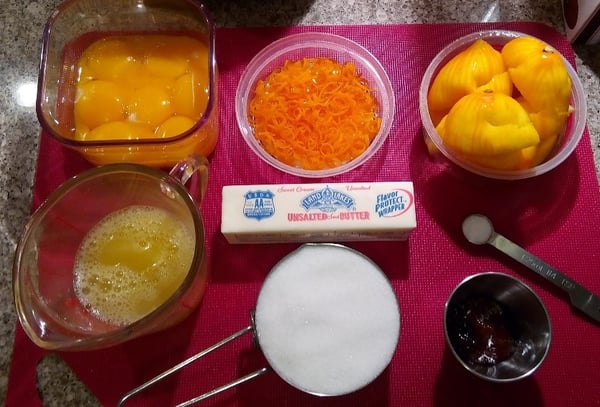
In a medium saucepan, off the heat, whisk together the sugar, lemon zest and egg yolks; then whisk in the lemon juice, quince paste and salt.
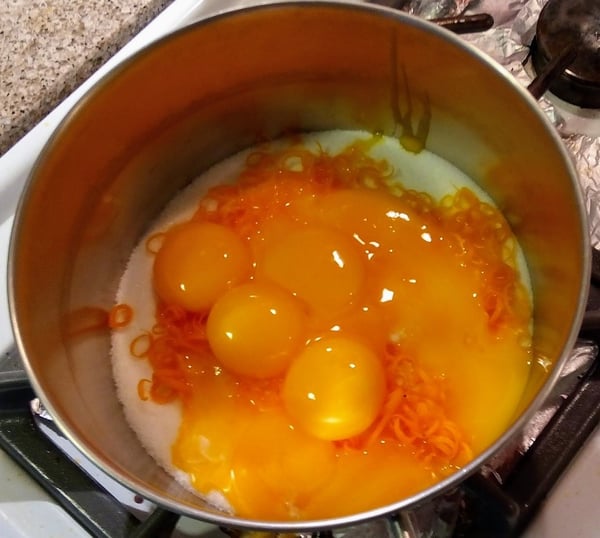
Add the butter and place the pan over medium heat. Cook, whisking constantly, until the butter has melted, the mixture is thick enough to coat the back of a spoon (nappe) and small bubbles form around the edge of the pan, about 5 minutes (do not boil).
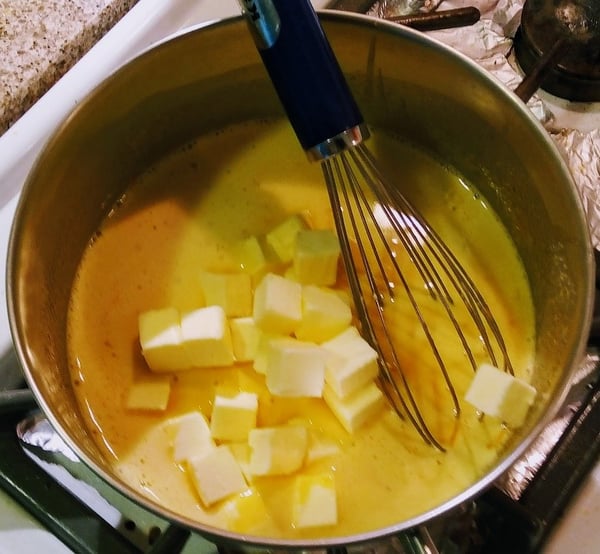
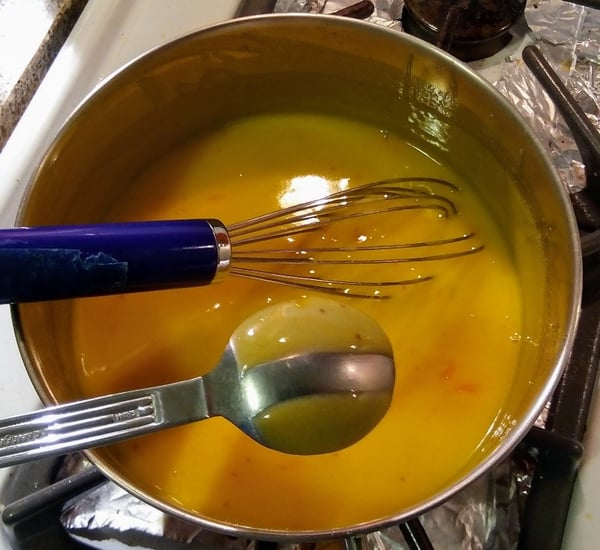
Remove the pan from heat while continuing to whisk. Pour the curd through a fine-mesh sieve into a mason jar or heatproof glass bowl. Press plastic wrap against the surface of the curd to prevent a film from forming on the top and refrigerate until cool.
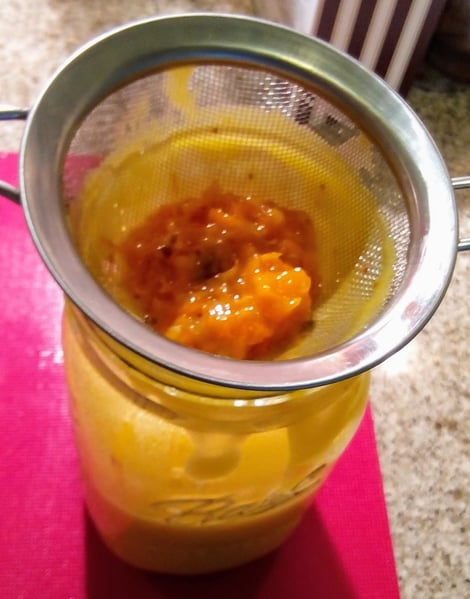
Save the strained bits of fruit in a small container to use for marinade or sauces. To store, refrigerate in an airtight container, up to 2 weeks.
Here are my favorite ways to serve lemon curd:
- Make a parfait of granola, ricotta cheese and blueberries, then top with a dollop of lemon curd.
- Top pancakes, crepes or waffles with lemon curd instead of syrup.
- Spread it on fish or chicken before broiling or grilling to create a caramelized crust.
- Mix a small amount of lemon curd with tomato-based sauces or soups to counteract acidity.
- Use as a dip for grilled vegetables such as asparagus, zucchini or broccoli.
- Spread on cornbread, bran muffins or other savory breads.
If you love the warmth of Spain and Spanish cuisine as much as I do, why not join us at one of The Chopping Block’s next Spanish-themed hands-on cooking classes?
Lincoln Square
Merchandise Mart

